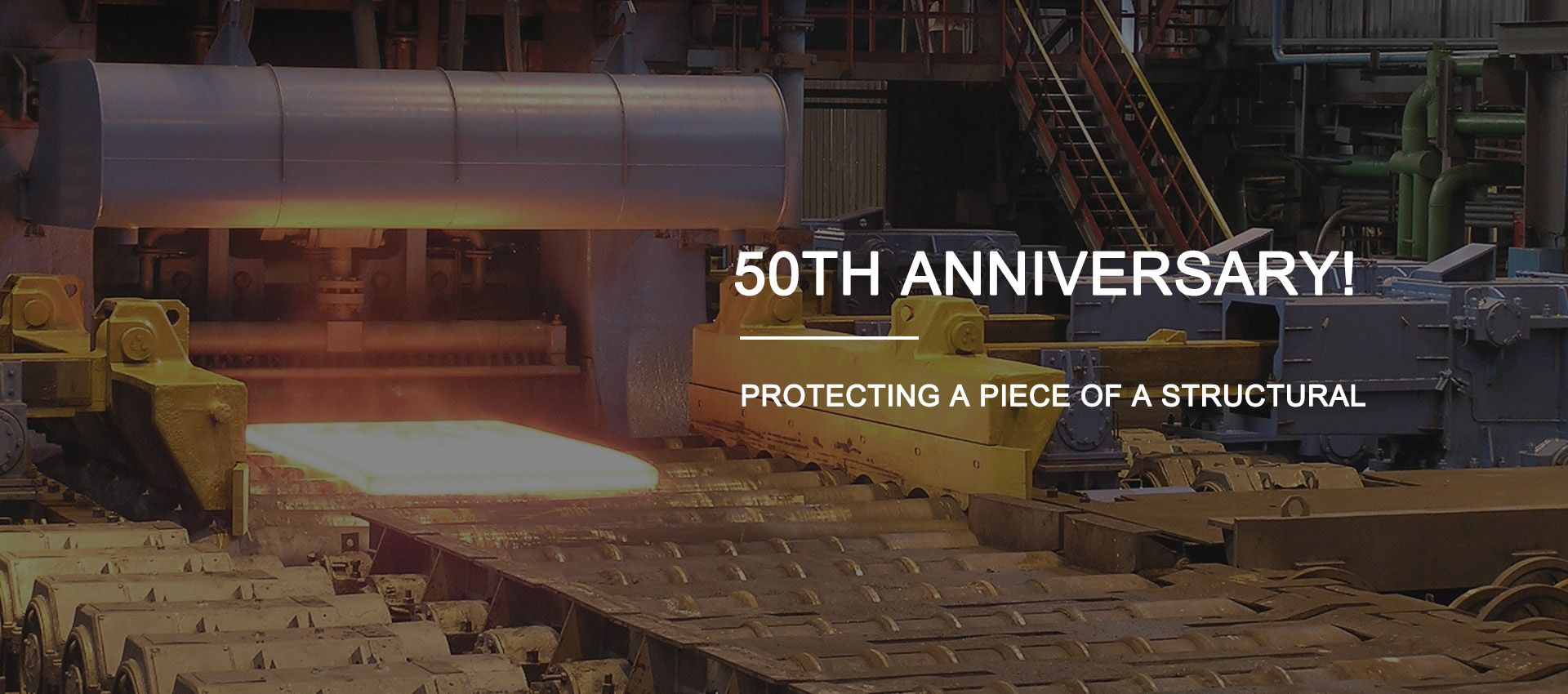

self tapping sheetrock screws
Dec . 16, 2024 09:15 Back to list
self tapping sheetrock screws
Understanding Self-Tapping Sheetrock Screws A Comprehensive Guide
When it comes to construction and home improvement projects, choosing the right materials and fasteners can make a substantial difference in the quality and durability of the final product. One essential component in drywall installation is the self-tapping sheetrock screw. This article aims to provide a comprehensive understanding of self-tapping sheetrock screws, their features, applications, and advantages.
What are Self-Tapping Sheetrock Screws?
Self-tapping sheetrock screws are specialized fasteners designed for attaching drywall (also known as sheetrock) to wooden or metal studs. Unlike standard screws, self-tapping screws have a unique design that allows them to create their own threads while being driven into the material. This feature makes them highly convenient for fastening materials without pre-drilling pilot holes, saving time and effort during installation.
Key Features
1. Thread Design Self-tapping sheetrock screws typically have a coarse thread that helps to grip the drywall and the underlying stud securely. This feature provides excellent holding power, preventing the drywall from sagging or pulling away after installation.
2. Sharp Point The tip of a self-tapping screw is designed to penetrate the drywall and underlying materials easily. This ensures that the screw can be driven in with minimal effort, making it an ideal choice for both professionals and DIY enthusiasts.
3. Material and Coating These screws are often made from steel, and many have a corrosion-resistant coating, such as black oxide or zinc plating. This ensures durability and longevity, especially in humid environments where rust could be an issue.
4. Length Options Self-tapping screws come in various lengths, typically ranging from one inch to 2.5 inches, allowing users to choose the right length based on their specific project requirements.
Applications
The primary use of self-tapping sheetrock screws is, as the name suggests, for attaching drywall to wall studs. However, their versatility extends beyond drywall installation. These screws can also be used in the following applications
self tapping sheetrock screws

- Repair Work They are handy for quick repairs of damaged or loose drywall. - Commercial Projects Many commercial construction projects involve extensive drywall work where these screws prove to be efficient and cost-effective. - Furniture Assembly Self-tapping screws can be utilized in assembling various types of furniture that require drywall or similar materials.
Advantages
1. Time-Efficient One of the most significant benefits of using self-tapping sheetrock screws is the time saved during installation. The ability to self-tap eliminates the need for pre-drilling, allowing for faster work completion.
2. Strong Hold These screws provide a strong and stable hold, ensuring that the drywall remains securely in place over time. This is especially important in high-traffic areas or places where vibrations might occur.
3. Ease of Use Even for those new to home improvement, self-tapping screws are easy to use. A standard screwdriver or drill can easily drive them in, making them accessible for beginners.
4. Cost-Effective When purchased in bulk, self-tapping sheetrock screws are relatively inexpensive, making them a cost-effective choice for both large projects and smaller repairs.
Installation Tips
When using self-tapping sheetrock screws, consider the following tips for optimal results
- Use the Right Drill A power drill with a clutch setting can help to avoid overdriving, which can damage the drywall. - Maintain Even Spacing Ensure that screws are spaced evenly, typically around 12 inches apart, to provide adequate support for the drywall. - Avoid Over-tightening Tighten the screws just enough so that the heads are slightly recessed into the drywall. Over-tightening can lead to crumbling or damage around the screw hole.
Conclusion
Self-tapping sheetrock screws are an invaluable tool in the world of drywall installation and home improvement. Their innovative design, ease of use, and robust holding power make them a preferred choice for both professionals and DIYers. Understanding their key features, applications, and installation techniques can help ensure that your drywall projects are completed efficiently and effectively. Whether you're tackling a small repair or a large renovation, having the right fasteners is key to achieving a high-quality finish.
Latest news
-
Hot Dip Galvanized Bolts-About LongZe|High Strength, Corrosion Resistance
NewsJul.30,2025
-
High-Strength Hot Dip Galvanized Bolts - Hebei Longze | Corrosion Resistance, Customization
NewsJul.30,2025
-
Hot Dip Galvanized Bolts-Hebei Longze|Corrosion Resistance&High Strength
NewsJul.30,2025
-
High-Strength Hot-Dip Galvanized Bolts-Hebei Longze|Corrosion Resistance&High Strength
NewsJul.30,2025
-
Hot Dip Galvanized Bolts-Hebei Longze|Corrosion Resistance&High Strength
NewsJul.30,2025
-
Hot Dip Galvanized Bolts - Hebei Longze | Corrosion Resistance, High Strength
NewsJul.30,2025

